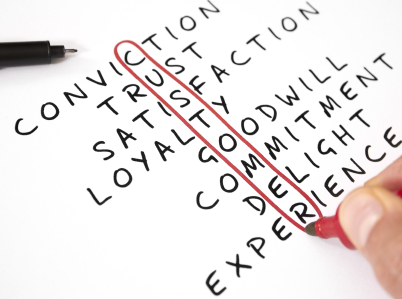Customer Experience Touchpoints
In a global economy, companies are forced to deal with the commoditization of goods and services, the challenge of differentiating offerings that appear similar to competitors’ and the potential damage done when unhappy customers proliferate horror stories about a company’s products or brand online. Life science customers have become increasingly sophisticated and typically have multiple suppliers in every product category from which to choose.
Many life science suppliers, like the best consumer retail firms, seek to differentiate themselves by improving both the tangible and intangible ways they interact with their customers. Smart companies continually evaluate customer reactions to multiple touchpoints so that they can offer the kind of experience that inspires customers to want to come back. Life science suppliers will be challenged as to how to get beyond “better sameness” to create truly memorable customer experiences. The question becomes one of how to best to enhance the quality of the customer experience in a remarkably homogenous marketplace.
Developing A Customer Experience Model for the Life Sciences
Every time a scientist interacts with a supplier in any way is a customer experience touchpoint and as such, a branding opportunity. The scope of this study spans the pre-purchase, product-usage and post-purchase customer experience over the course of the purchasing life cycle. It is summarized in the following graphic:
(Click to enlarge)
Life scientists have the highest expectations of their suppliers at the front end of the customer experience life cycle; this is the point at which the customers’ need or desire for information is top-of- mind. The touchpoints that were ranked as “most important” by life scientists reflect their overwhelming desire for information, a need that is especially acute during the pre-purchase phase of the purchasing cycle. Life science suppliers have made significant investments to sate this appetite for product knowledge. These investments range from user-friendly and intuitive website design, search engine optimization, and the development of comprehensive website content. Believable advertising to create awareness and engaging tradeshow exhibits to take customers further down the purchasing journey are also part of the marketing mix at this stage.





